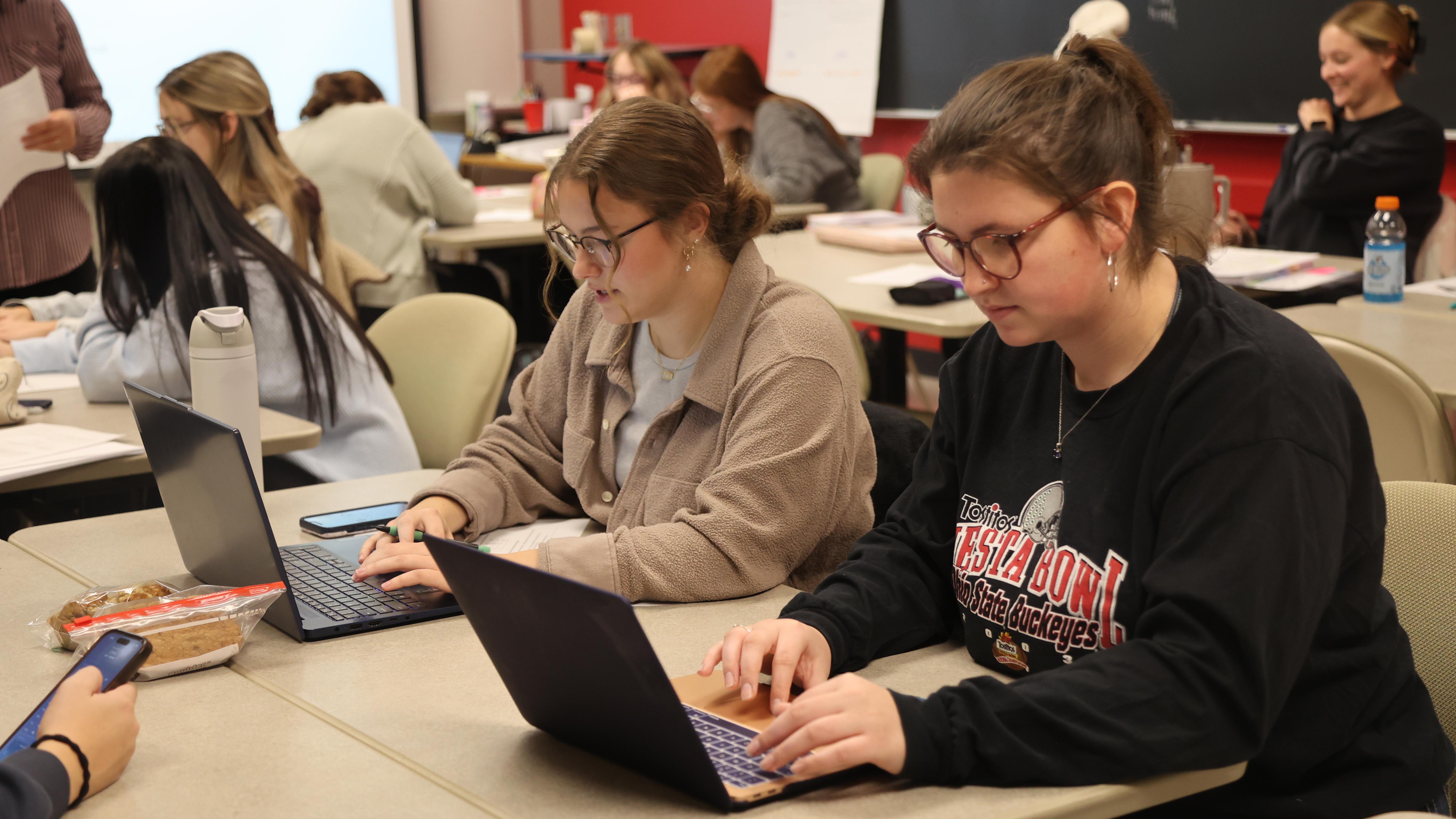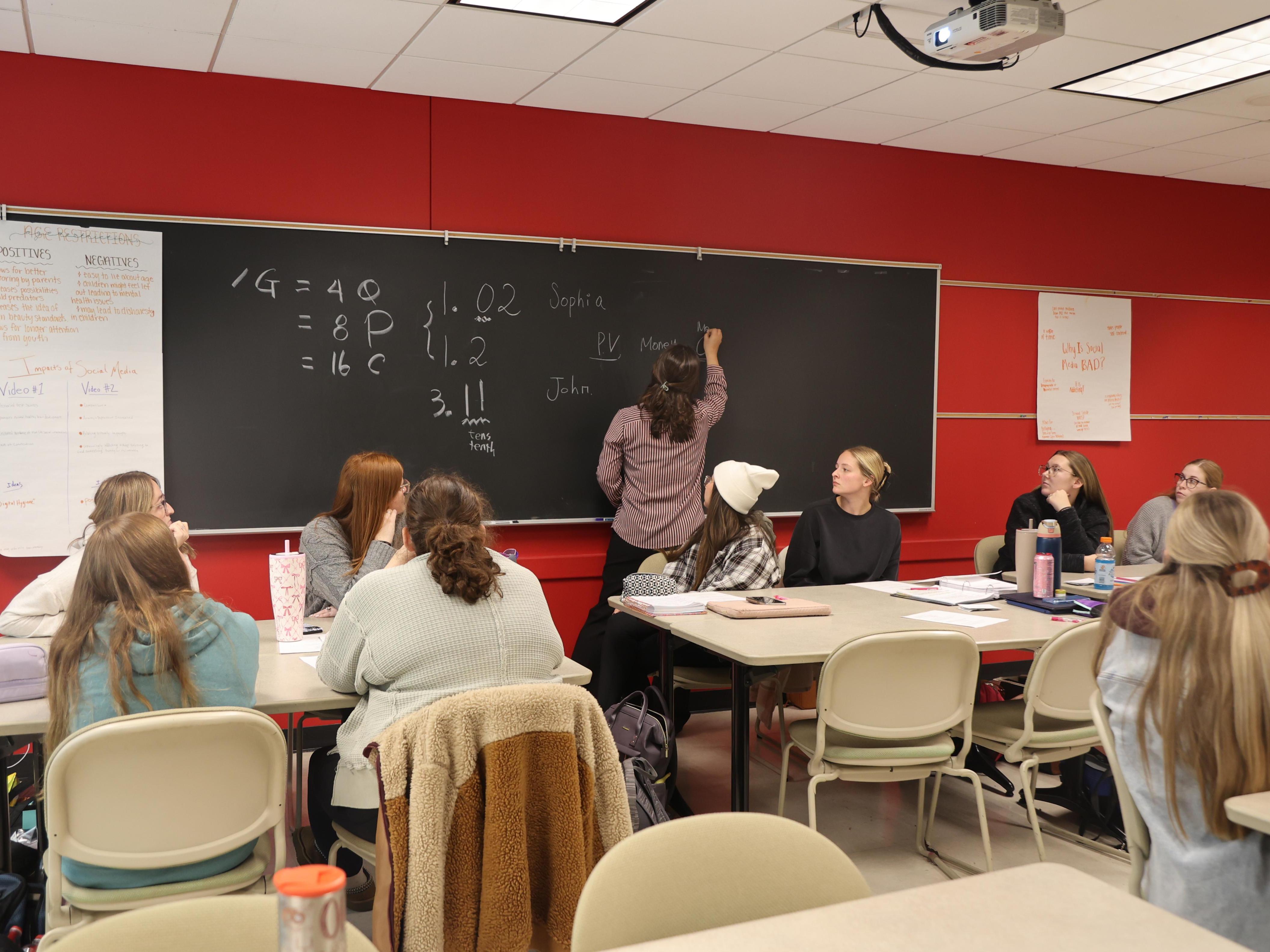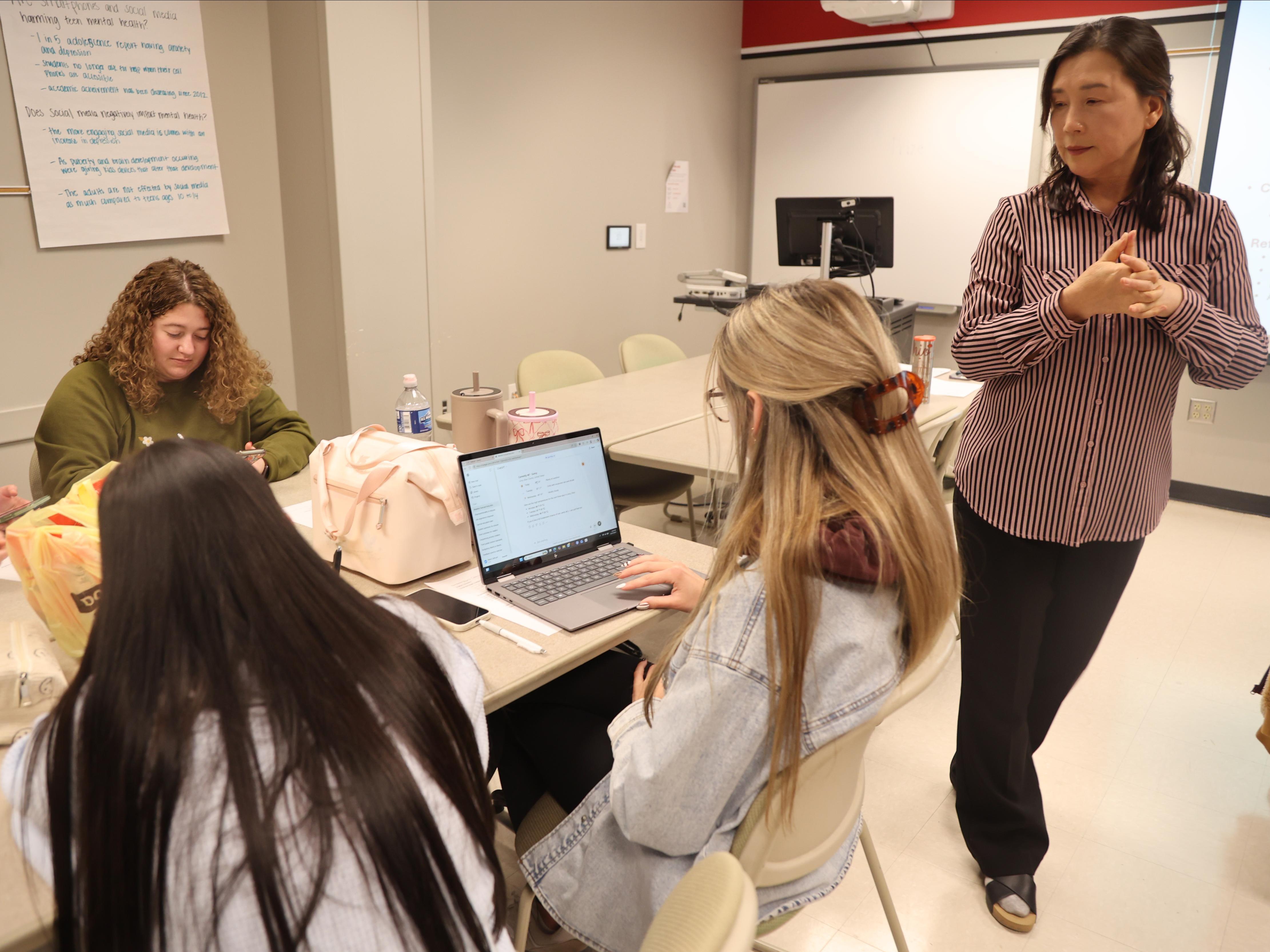If you’ve talked to students lately, you already know it: Artificial Intelligence (AI) has arrived, and it’s showing up in everything from homework help to music apps to the way we search for information. It’s exciting, a little overwhelming, and changing more quickly than most of us can track.
At a conference this past summer, one speaker summed it up with a metaphor that stuck: when it comes to AI, we can be a Bear, fighting against it; an Ostrich, pretending it’s not happening; or we can Tango—learn to move with it in a thoughtful, intentional way.
At The Ohio State University, the choice is clear: we Tango.
And as it turns out, that tango metaphor fits perfectly. The tango isn’t fast or chaotic. It’s a partnership—both sides listening, adjusting, and learning how to move together. That’s exactly how Ohio State is approaching AI: not as a threat to replace people, but as a tool that can help students learn more deeply and prepare for a world where AI is a daily companion.
How AI is transforming learning—In real life
So what does this look like for actual students?
Picture a first-year student wrestling with a tough assignment. Instead of struggling alone or waiting for office hours, they can use an AI tool to walk them through a difficult passage, simplify a concept, or suggest study strategies. It doesn’t take the place of a professor—it just gives them a head start so class time can be spent discussing big ideas rather than decoding the basics.
Through its new AI Fluency initiative, Ohio State aspires to have all its students become fluent in AI by 2029. As part of the initiative, Ohio State now introduces all new undergraduates to AI through a required course called Launch. Think of it as an orientation to the digital world students are inheriting. Students’ exploration spans three units: understanding generative AI and how it works, using AI effectively and ethically, and AI & Scholarship – evaluating, citing, and reflecting.
Students get hands-on experience using different AI tools, learn what’s helpful (and what isn’t), and practice the kind of responsible use we all wish would come standard with new technology these days. The course culminates in an assignment where students articulate their principles in writing: "My Personal Guidelines for AI Use." It’s practical, approachable, and designed to build confidence, not confusion.
How teachers are using AI behind the scenes
AI isn’t just helping students—it’s inspiring faculty to rethink how they teach.
Take a creative new exercise developed in the College of Education and Human Ecology. Students preparing to become teachers start by writing their own lesson plan. Then they ask multiple AI tools to review the human-developed lesson plan and propose alternative ideas. After that, they compare the various ideas side-by-side.
What happens next is the magic.
Students suddenly see how many ways a topic could be taught. They spot strengths and weaknesses they hadn’t considered in their first draft. They learn to make thoughtful choices rather than defaulting to “what they’ve always seen.” AI can also role-play as classroom students and ask questions, providing opportunities for future teachers to address diverse student needs that arise in real classrooms. AI becomes a brainstorming partner, while the professors guide future teachers in making wise, student-centered decisions.
Rather than doing the thinking for students, AI is helping them think better.
Using AI responsibly: The heart of Ohio State’s approach
Of course, inviting a new partner onto the dance floor means knowing the steps—and respecting the boundaries.
Ohio State is focused on Responsible AI Use, which is really just a straightforward way of saying: “Use these tools, but use them wisely.”
Here are a few of the risks students are taught to watch out for:
- Academic shortcuts: Using AI to write a paper without permission or acknowledgment is still cheating—just with a flashier tool.
- Accuracy problems: AI can be very confident…and very wrong. Students must double-check everything.
- Bias and privacy concerns: AI models learn from human-made data, which means they can repeat human mistakes. And no one should put sensitive information into a public system.
Instead of banning AI, Ohio State teaches transparency and accountability. If an instructor allows AI use in a given course, and students use AI for an assignment, they must say so—just like citing any other source. They’re also taught to ask a simple but powerful question before turning to the tool: “Is this helping me learn, or am I letting it do the work for me?”
That kind of intentionality is the difference between dancing with AI and letting it drag you around the floor.
What responsible AI use looks like for students
Across campus, students are already finding creative, responsible ways to make AI work for them:
- Future teachers use AI to generate sample lesson plans so they can compare different classroom strategies and address diverse student needs through role-playing.
- Researchers lean on AI to summarize long articles, giving them more time to think critically.
- Job seekers use AI to polish the tone of a cover letter—but not to write it entirely.
- Art and design students use AI image tools to brainstorm quickly, sketch ideas, and plan projects before diving into the hands-on work.
In every case, AI is a helper—not the main event.
Looking ahead: A community of thoughtful innovators
Ohio State’s “Tango with AI” approach is really about balance. The university is committed to preserving the heart of thoughtful scholarship—creativity, ethics, original thinking—while embracing the tools that will shape the careers of today’s students.
From the required Launch course to discipline-specific applications in every college, Ohio State is preparing students not just to live in a world with AI, but to lead in it. Buckeye graduates will walk across the ’Shoe proficient in their field and fluent in the digital tools that will define the coming decades.
They won’t just be keeping up with the AI revolution—they’ll be helping steer it.
And just like any good tango, the human partner will always lead.



